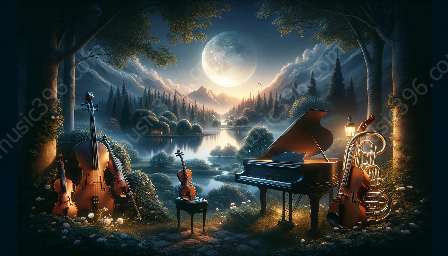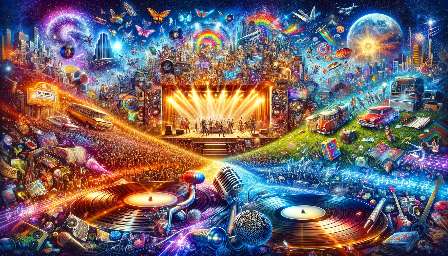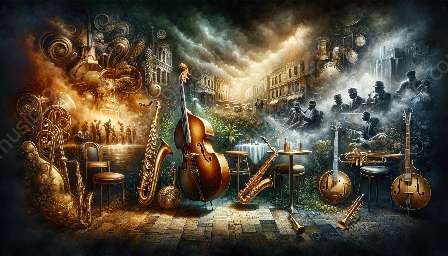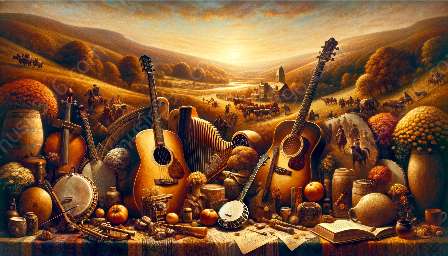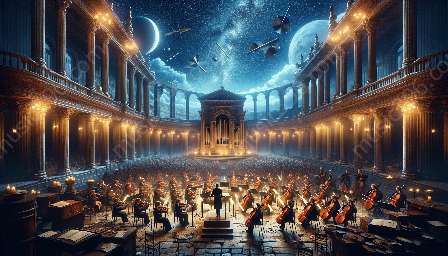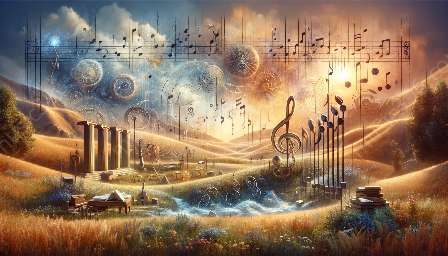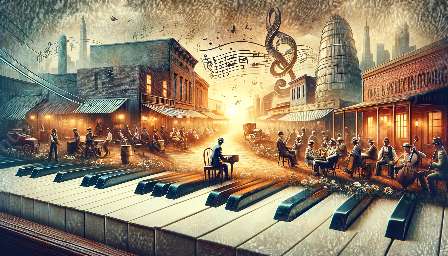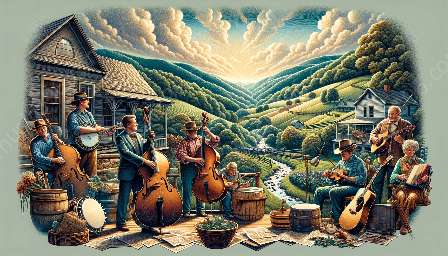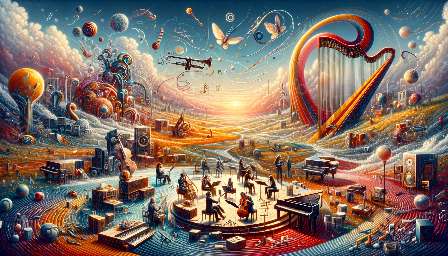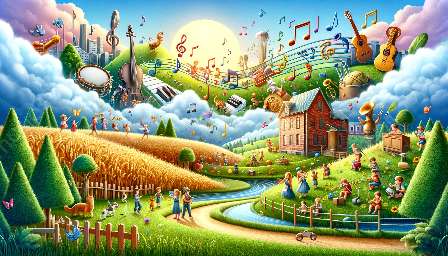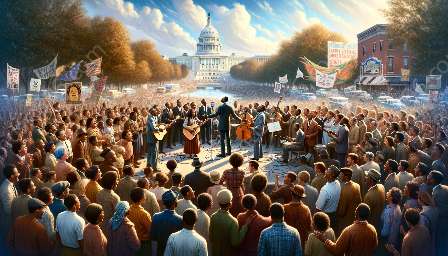The Harlem Renaissance, a flourishing cultural and artistic movement that took place in the 1920s, had a profound impact on the evolution of music in America. This transformative period in history was characterized by an explosion of creativity and talent within the African American community, which greatly influenced the trajectory of music in the country.
The Harlem Renaissance: A Cultural and Artistic Awakening
The Harlem Renaissance, also known as the New Negro Movement, marked a significant shift in the cultural landscape of the United States. It was centered in the Harlem neighborhood of New York City, which became a hub for artistic, literary, and intellectual achievements. This period saw the rise of African American expression in various forms, including literature, visual arts, theater, and, notably, music. The movement provided a platform for African American artists to showcase their talents and celebrate their cultural heritage, challenging the prevailing racial stereotypes and inequalities of the time.
As a result, the Harlem Renaissance played a pivotal role in shaping the development of American music, contributing to the creation of new styles, genres, and artistic collaborations that continue to influence music to this day.
Impact on Music Theory
The Harlem Renaissance significantly impacted the evolution of music in America by challenging traditional music theory and expanding the scope of artistic expression. At the heart of this transformation was a redefinition of the cultural and social significance of music, which in turn influenced the way music was composed, performed, and understood.
- Diversity of Musical Styles: One of the key contributions of the Harlem Renaissance to the evolution of music was the celebration and integration of diverse musical styles and influences. African American musicians and composers drew upon a wide range of musical traditions, blending elements of jazz, blues, spirituals, and traditional African music to create innovative and dynamic compositions. This fusion of styles not only enriched the musical landscape but also challenged prevailing conventions in music theory, paving the way for new approaches to composition and improvisation.
- Redefining Rhythm and Harmony: The music of the Harlem Renaissance emphasized intricate rhythms, unconventional harmonic progressions, and expressive improvisation. These innovations in rhythm and harmony expanded the vocabulary of music theory, leading to new techniques and forms of musical expression. The incorporation of syncopated rhythms and complex harmonies reflected the broader cultural and social shifts taking place during the Harlem Renaissance, as artists sought to capture the vitality and complexity of urban life and the African American experience.
Cultural and Artistic Impact
In addition to its influence on music theory, the Harlem Renaissance had a profound cultural and artistic impact on American music. The movement provided a platform for musicians and performers to explore themes of identity, social justice, and resilience through their art, contributing to a rich tapestry of musical expression.
Reclamation of Identity: The Harlem Renaissance served as a catalyst for the reclamation and celebration of African American identity through music. Musicians, such as Duke Ellington, Bessie Smith, and Louis Armstrong, among others, expressed the complexities of their experiences as African Americans through their compositions and performances, asserting their cultural heritage and challenging prevailing stereotypes and prejudices. This assertion of identity through music not only reshaped the artistic landscape but also had a lasting impact on the broader history of music, inspiring future generations of artists to embrace their cultural roots and advocate for social change.
Artistic Collaboration and Innovation: The collaborative spirit of the Harlem Renaissance fostered artistic innovation and cross-pollination of musical ideas. Musicians, composers, and lyricists collaborated across genres and disciplines, giving rise to new musical forms and revolutionary performances. This collaborative ethos transcended traditional boundaries, contributing to the evolution of music in America by promoting inclusivity, creativity, and experimentation.
Legacy and Continuing Influence
The legacy of the Harlem Renaissance continues to reverberate through American music, as its impact on the evolution of music theory and practice endures. The movement's emphasis on diversity, artistic expression, and cultural affirmation laid the groundwork for subsequent musical developments and movements, shaping the trajectory of popular music and influencing generations of musicians and audiences.
Furthermore, the enduring influence of the Harlem Renaissance on music is evident in the ongoing exploration of themes such as racial identity, social consciousness, and innovation in contemporary music. Artists continue to draw inspiration from the creative energy and boundary-pushing spirit of the Harlem Renaissance, infusing their work with echoes of this transformative period in American history.
Conclusion
The Harlem Renaissance stands as a pivotal chapter in the history of American music, leaving an indelible mark on the evolution of musical theory and practice. Its profound cultural and artistic impact continues to inform the ongoing narrative of music in America, inspiring artists to embrace diversity, celebrate heritage, and push the boundaries of musical expression. By acknowledging the enduring influence of the Harlem Renaissance, we honor the contributions of the visionaries who shaped the musical landscape and paved the way for artistic innovation and social change.





